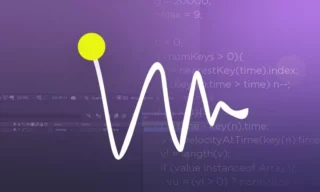Turn Stills into Motion with After Effects with Basic 3D
In the world of video editing, there’s always a new technique to learn, a new tool to master. One of the most transformative tools in a video editor’s arsenal? The Basic 3D effect in After Effects.
Why Use the Basic 3D Effect?
Static images can sometimes become a snooze fest in dynamic videos. But with the Basic 3D effect, they turn into captivating visuals that can command attention.
Getting Started: Always initiate with a new composition. Remember the settings, dimensions, and duration are crucial to your end product.
The Magic Behind the Effect
Swivel, tilt, distance to image, and the specular highlight – understanding these parameters will be your key to mastering this effect.
- Swivel: Think horizontal. Left. Right. This setting is your go-to for such rotations.
- Tilt: It’s all about the vertical. Up. Down. It adds depth to your image animation.
- Distance to Image: This determines how close or far your image appears to the viewer.
- Specular Highlight: A touch of realism. A flare or a glint to make your 3D animation believable.
Practical Application: From full-page images, like websites, to smaller items like comment bubbles, the application is boundless. But remember, the quality of your image is paramount. Always opt for high-resolution graphics.
Conclusion
The beauty of After Effects lies in its power to make the ordinary extraordinary. The Basic 3D effect is a testament to that.










